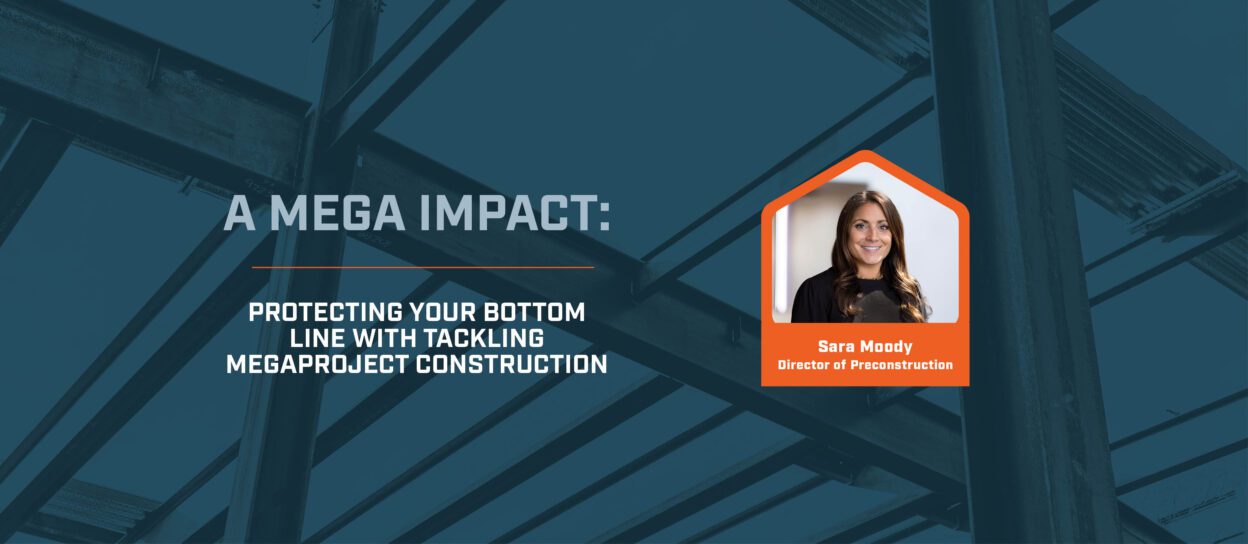From massive battery manufacturing and semiconductor plants to other large-scale, complex industrial and infrastructure programs, it’s no secret that “megaprojects” are on the rise across the U.S. —and projects of all sizes are feeling the impact of these massive programs. An already tight labor market combined with economic pressures and materials constraints means constructing these megaprojects—along with all other work in the pipeline—becomes that much more challenging and brings a unique set of risks regarding labor. So, what are those workforce challenges, and how do you, as a project stakeholder, protect your bottom line while accounting for them?
Geography Lessons
Location, Location, Location – Megascale programs often require large parcels of land further from urban areas, causing stakeholders to evaluate locations they may not have previously considered, such as rural areas away from geographic comfort zones. While these typically “rural” plots of land may appear to be cheaper upfront, they commonly present some unique — sometimes costly — challenges.

- Proximity of the available workforce to these more rural areas can present challenges to attracting the labor needed.
- There may be a lack of lodging and food sources to support the peak skilled-trade counts required to build these megaprojects. GSA standard rates might not cut it alone. Establishing “man camps” and calling in food trucks are just a few opportunities to consider.
- Infrastructure and roadways may need to be upgraded or alternative routes determined to support the new industry and possibly construction traffic as well. Engaging the state department of transportation and municipalities is imperative in early project planning.
- Jurisdictions often cannot handle the planned utility consumption the projects demand, requiring costly temporary solutions or completely new electrical, sanitary, and water infrastructure.
- Local municipalities may not have the resources to support the volume of permits and regulatory approvals needed throughout the project. We offer them support by educating them on what to expect and either requesting or providing additional personnel to ensure expediency in turnaround times.
- Perform geotechnical evaluations prior to purchasing the land. Depending on your local area, this will help you understand what type of earthwork measures will be required to bring the land to the ideal condition for your project. Consider the topography, any protected species, wetlands, rivers, streams, and soil conditions; all of these can impact your capital investment and potentially your schedule if not researched and accounted for at the outset of the project.
Perform Market Studies
Market studies are critical not only in the immediate area of work but also across the region and adjacent states.
Many megaprojects require not only an expansive location, but they also pull staff and resources from all over the country. This has required project teams and leadership to work in unfamiliar areas, calling upon a local union hall representative to inquire about available resources.
- Project Labor Agreements (PLAs) should help you set the standard for the entire jobsite to avoid inequities across trades in union environments.
- Understand the labor approach of competing projects in your geography. Where possible, build a competitive compensation plan to rival incentive packages offered by competing projects.
- Trade laborers who are willing to travel will likely go to the job with the greatest compensation opportunities and may travel farther if incentivized to do so.
- Tools like Anti-Jump Provisions can increase labor retention, which saves both time and cost in on-boarding new employees.
- What working hours will these other projects utilize? Be cognizant of how jobsite hours affect worker fatigue and workplace safety, balanced with enough work hour potential to motivate employees for the long term. Know their sweet spot.
Set Clear Program Expectations and Rely on Your Contractor’s Expertise
- Delivery models matter! How you select your contractor and communicate the expectations of them and any of their trade partners will set the tone early on.
- With faster delivery at a competitive cost being the new norm, Hard Dollar Bids or Lowest Initial Costs are a thing of the past. Get the most out of your investment by using qualification-based criteria. Studies have proven that more collaborative delivery models truly do provide the best value (Design-Build, IPD, etc.). They also allow owners to benefit directly from a modern-day construction team’s sophistication, knowledge, and expertise, which will ultimately lead to cost and schedule efficiencies in the long run.
- Know your budget and communicate it to the team, so they can contribute to achieving cost goals. Cost transparency and alignment are key to the success of megaprojects.
- Know your schedule. Identify critical key dates upfront to all stakeholders. This is more than just ‘substantial completion.’ What interim items need to be completed to ensure the timely and successful startup of your new facility? Knowing your schedule also allows the team to identify opportunities for further efficiencies should you need flexibility in certain activities and overall project completion.

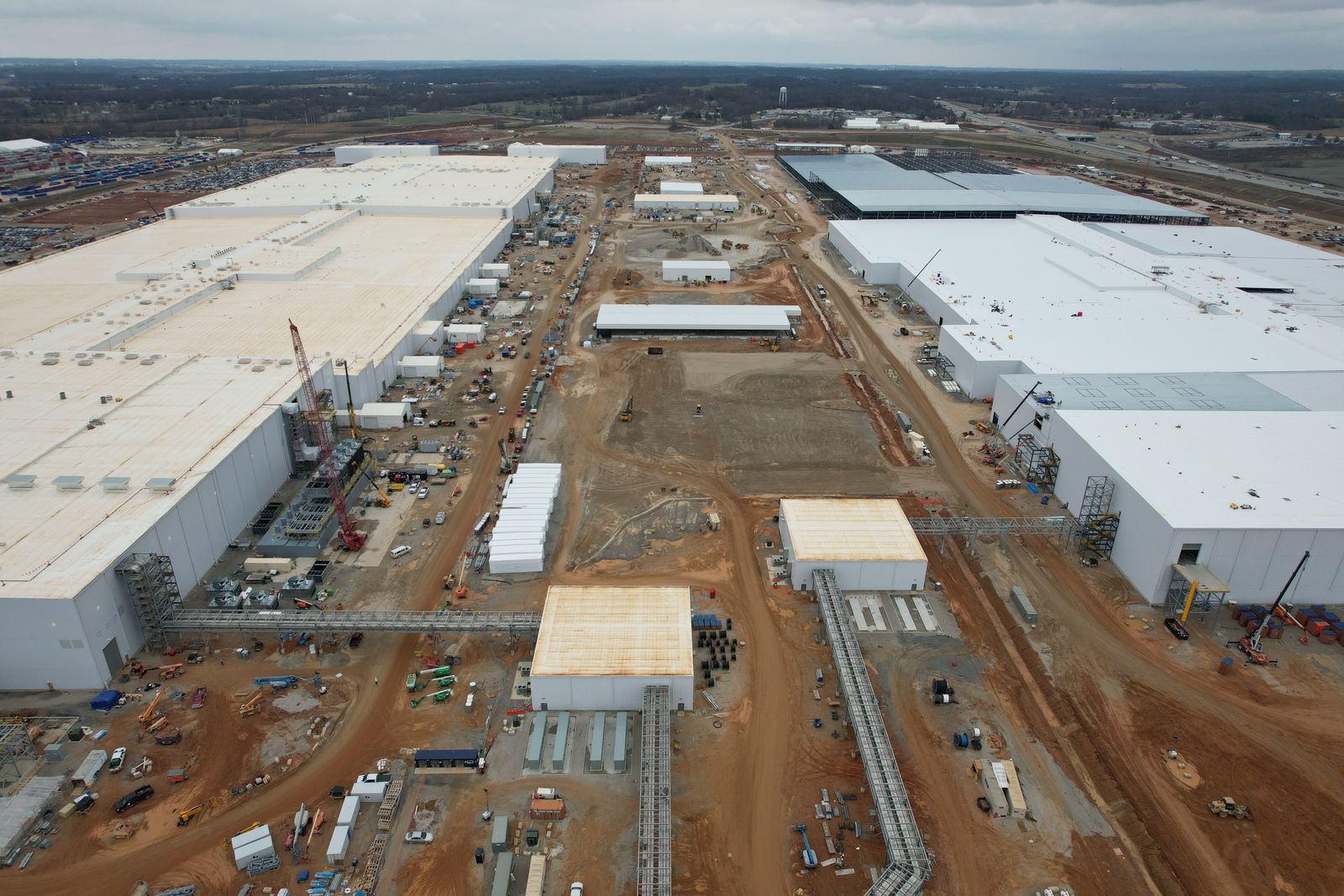
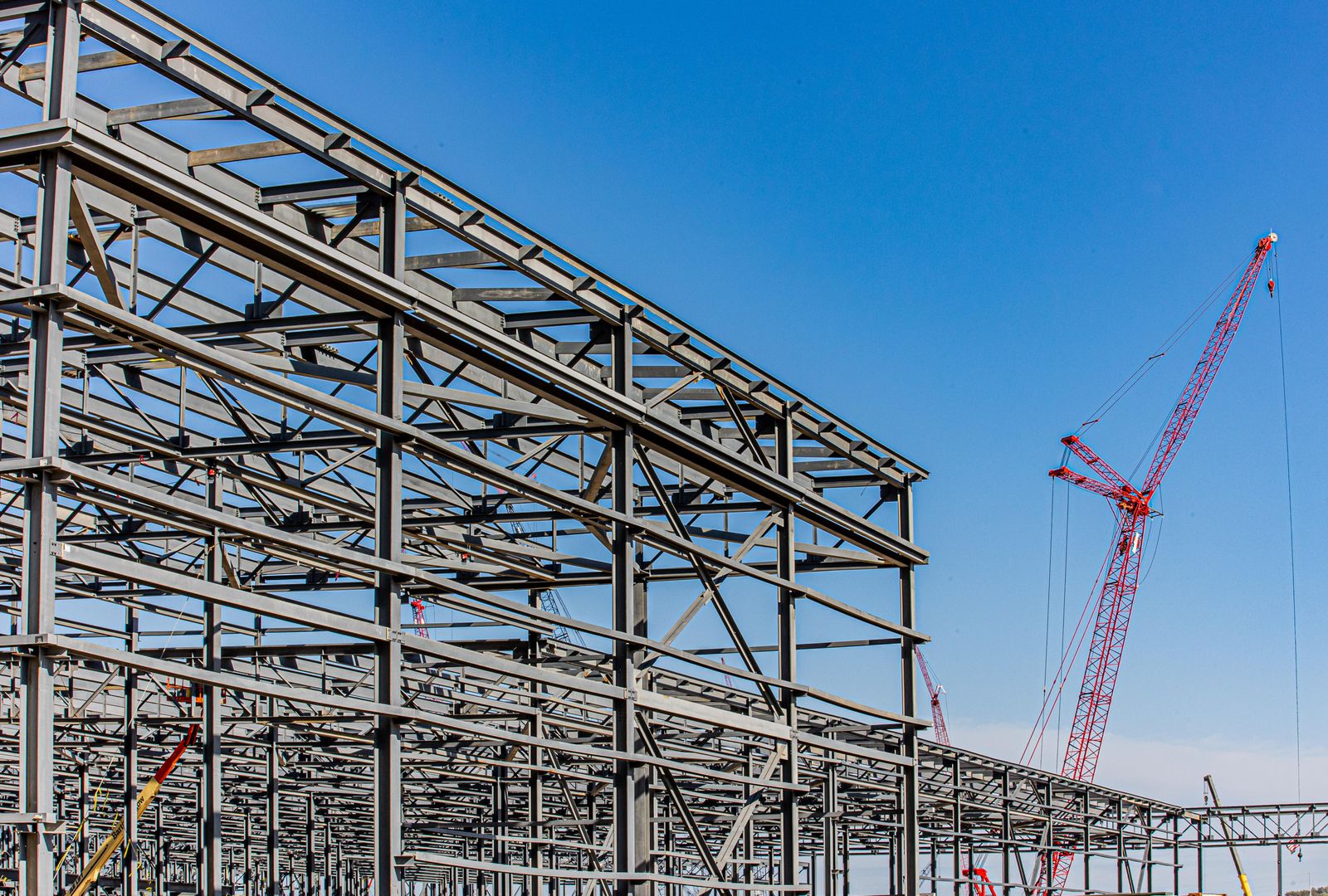
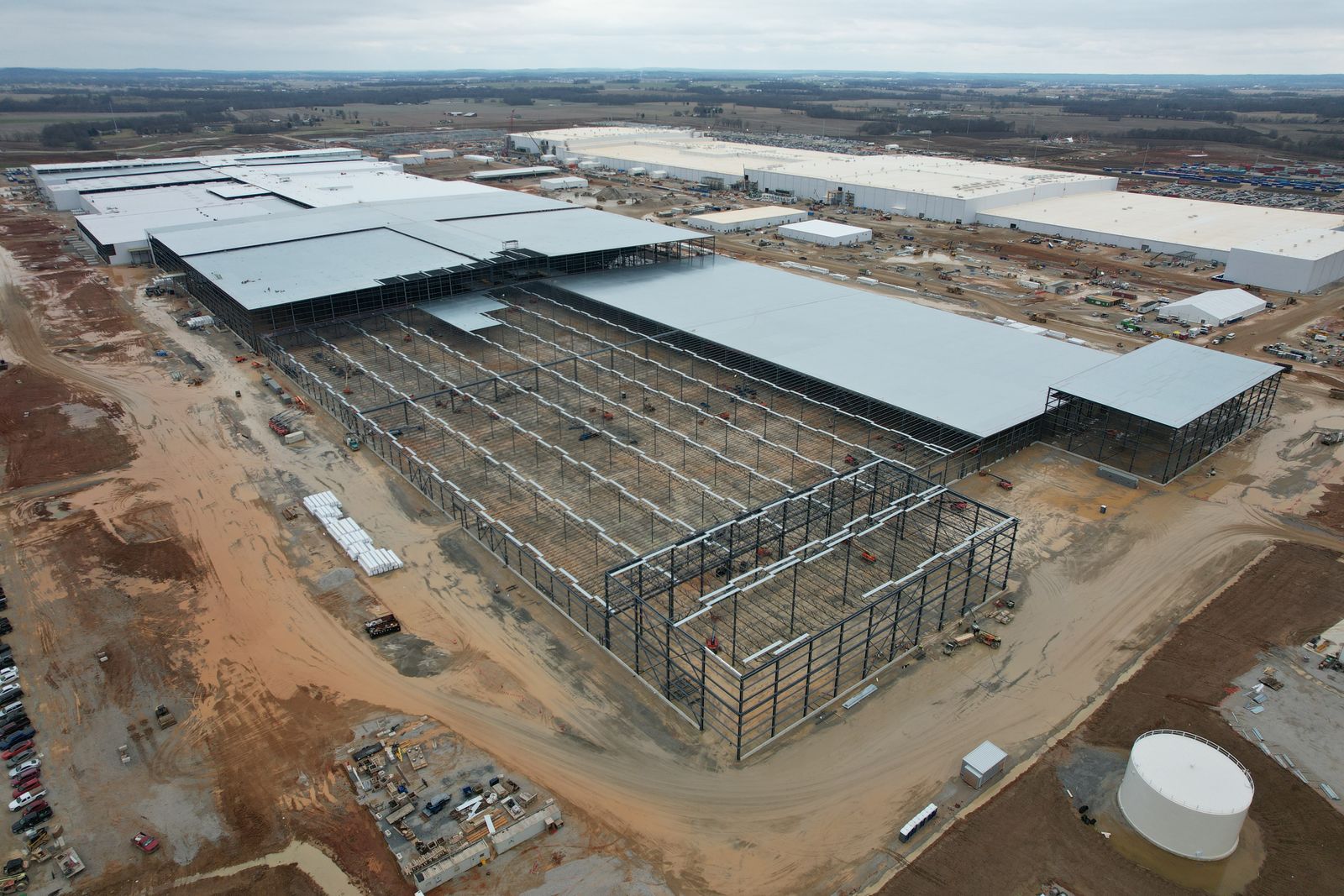
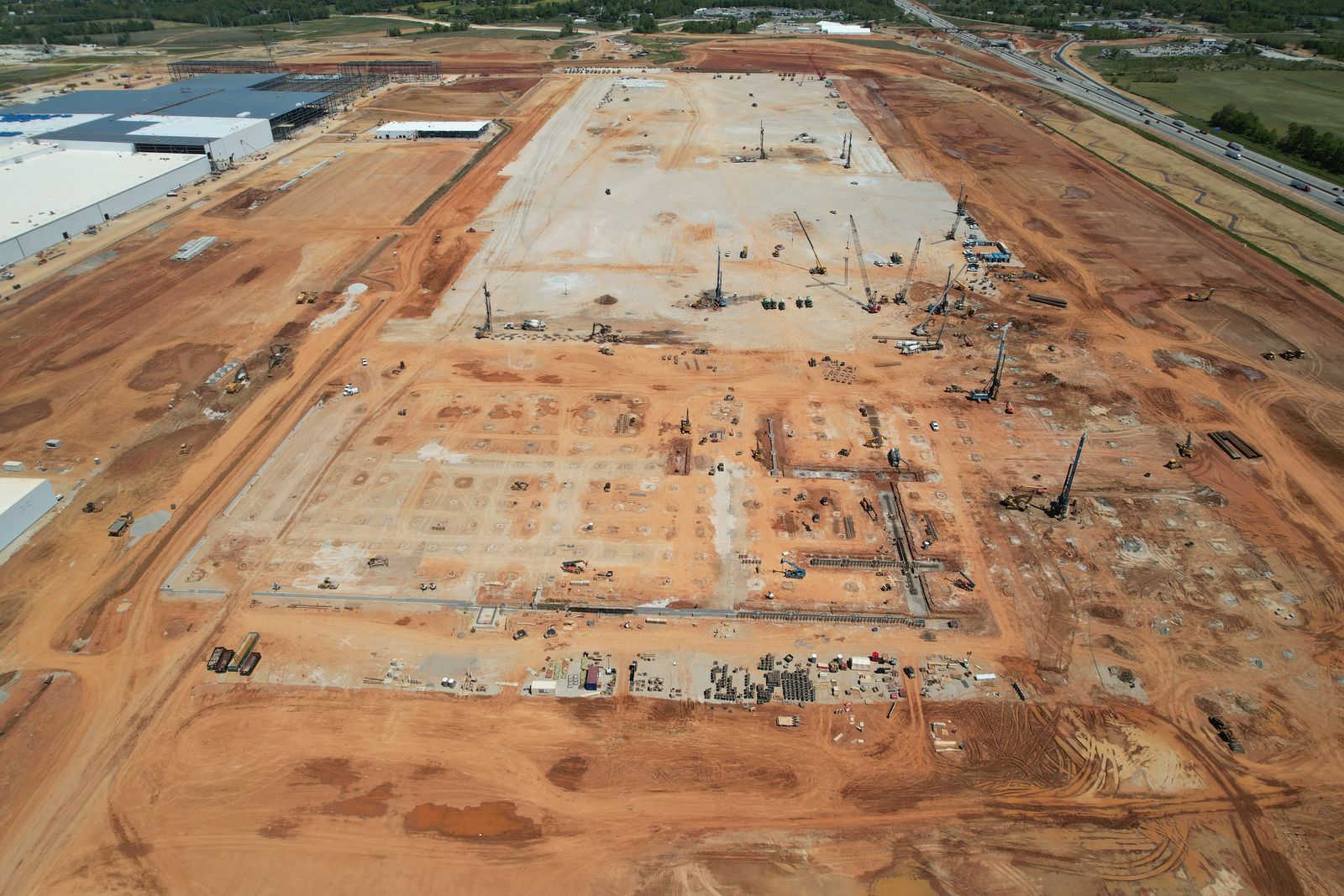
Invest in the Future
- Invest in training and consider investing in future skilled trades educational programs, especially in areas where your company repeatedly does work or intends to do so in the future. Community colleges, high school technical education curriculums, and trade apprenticeship programs are eager to build industry partnerships to train their students and boost enrollment.
- Train EVERYONE, not only the trades themselves but also your own management, on how to appropriately maneuver contract language and requirements by organized labor groups. Fostering an environment built around training allows a two-way loop for feedback and idea exchange.
- Build trust and be transparent about your goals as an owner. This increases the level of trust and understanding between your labor partners and ensures the outcomes are mutually beneficial resulting in shared respect and long-term partnerships.
As megaprojects increase in size and scope, so do the risks associated with constructing them. The good news is that with some up-front research, planning, and collaboration, project teams can not only mitigate these risks to protect the bottom line, but in some cases, they can also come out ahead.
